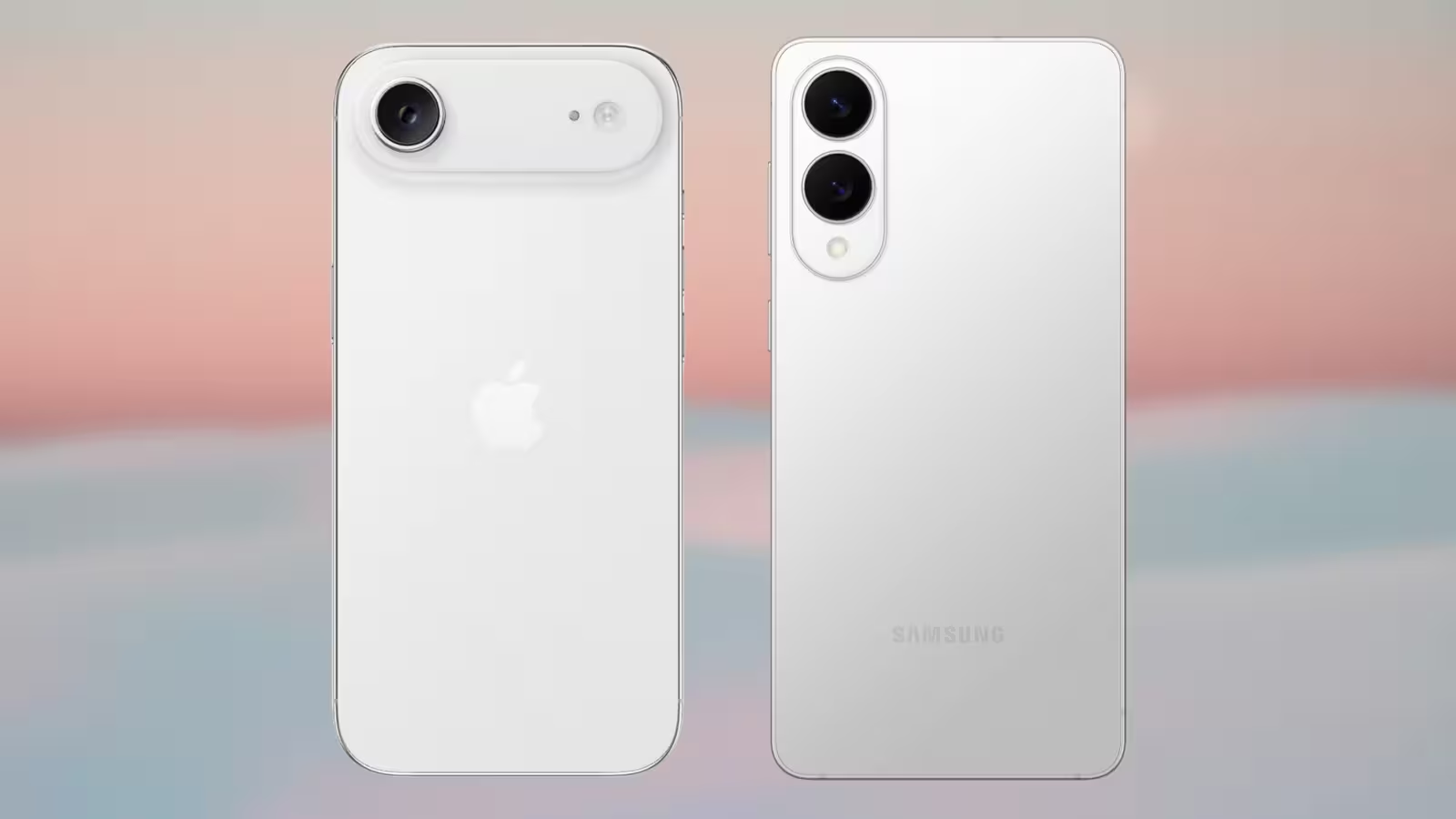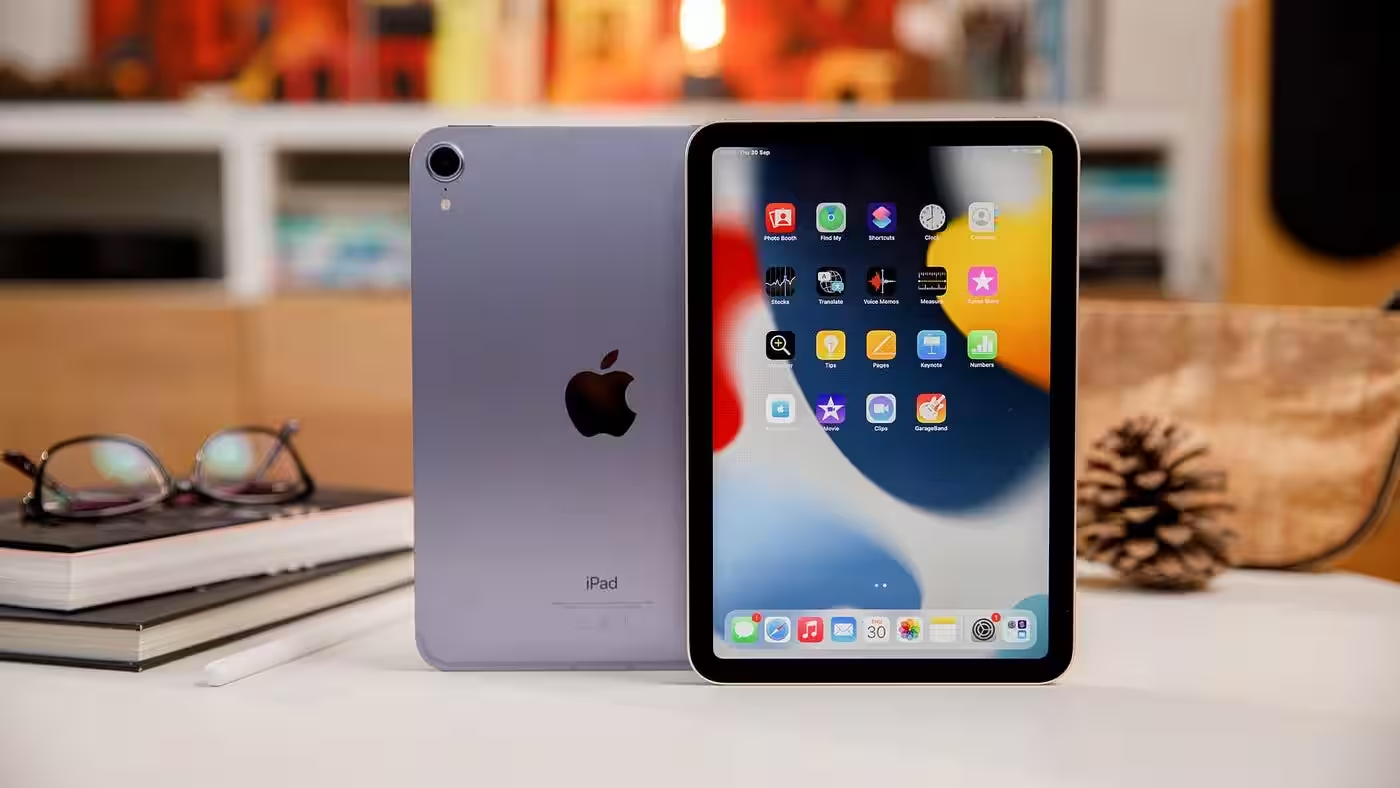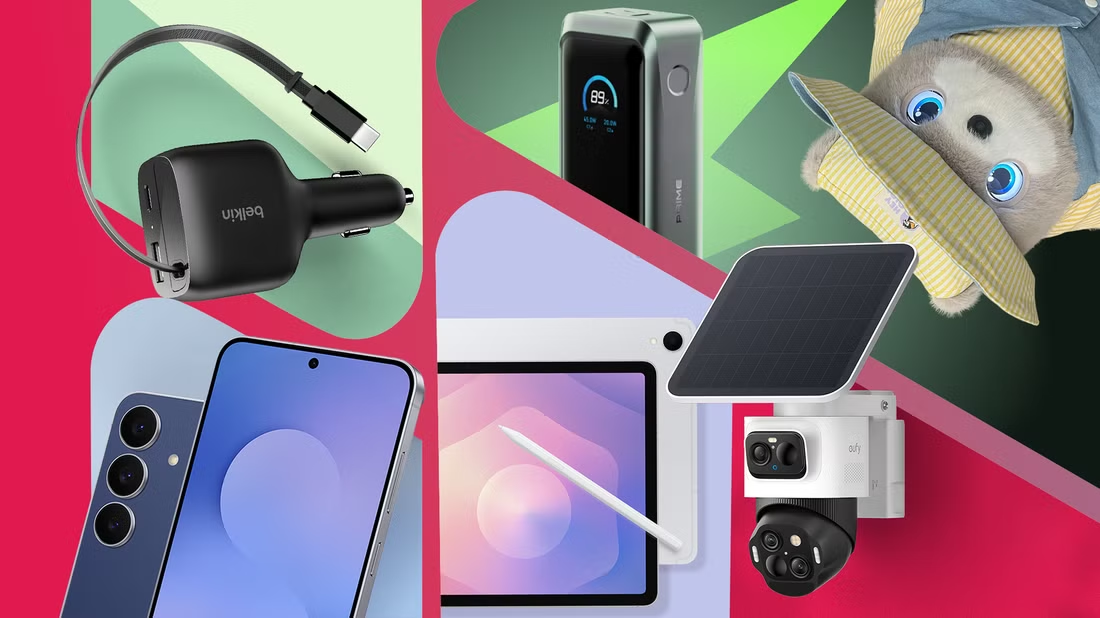Best of Computex 2025: What technologies wowed us

As Computex 2025 in Taipei officially comes to a close, we can now take stock of one of the most exciting tech events of the year. This year’s event was once again the main platform for the presentation of innovative solutions from leading companies – AMD, Asus, HP, MSI, Samsung, Razer and others.
Over the course of several days, manufacturers showcased the latest graphics gas pedals, laptops, monitors, portable consoles and even wearable devices. Some products are already on sale, others are expected in the coming months. Trends in artificial intelligence, energy efficiency, mobility and ergonomics were particularly notable.
We’ve selected the most impressive devices – they set the tone for the entire show and set the benchmark for the near future of technology.
AMD Radeon RX 9060 XT: graphics for the masses
With the ongoing shortages and high prices of graphics cards, the release of a new model from AMD seems like a breath of fresh air. The Radeon RX 9060 XT is a mid-segment representative with 32 RDNA 4 compute blocks, hardware ray tracing support and 64 AI acceleration blocks. The frequency reaches 3.13 GHz, video memory capacity is 8 or 16 GB depending on the version. Power consumption (TBP) ranges from 150W to 182W.
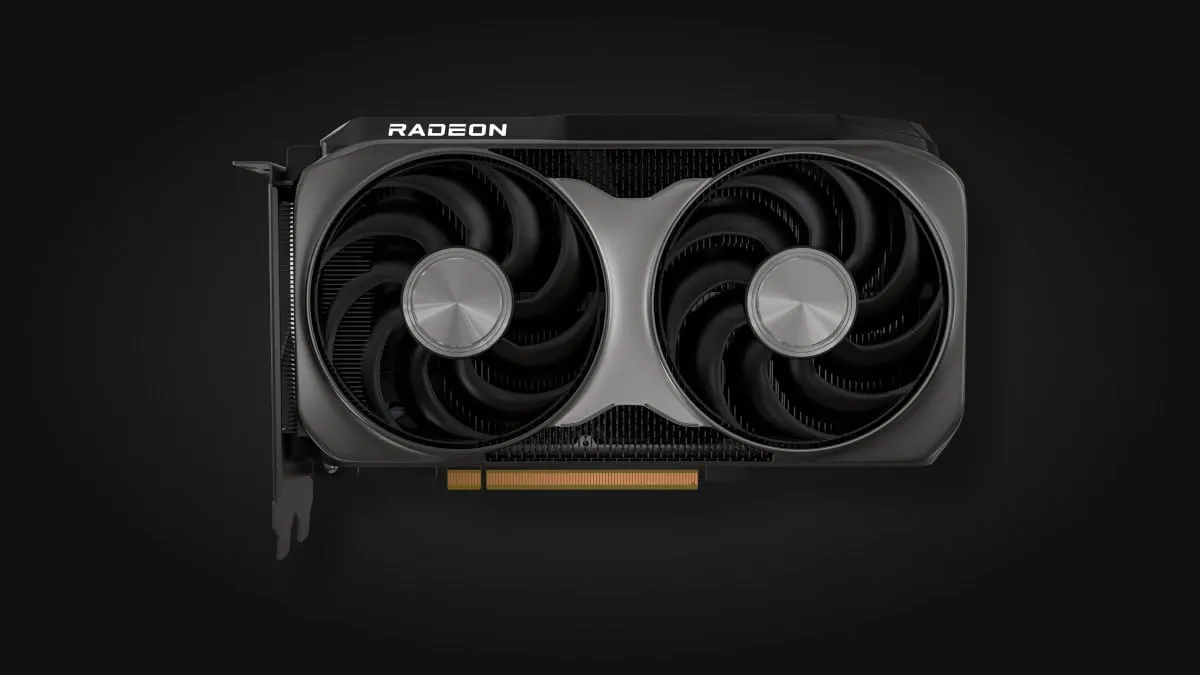
The card has already been announced by AMD partners including Gigabyte and Acer, and promises to be a great choice for gamers putting together a productive yet affordable system.
HP OmniBook 5: A laptop that lasts up to 34 hours
HP has unveiled the OmniBook 5 lineup powered by Snapdragon X and X Plus chips. Both the 14-inch and 16-inch models feature OLED displays, but what matters most is battery life. HP claims the devices offer up to 34 hours of battery life, making them a record-breaker among consumer AI laptops.
The devices are designed to deliver up to 34 hours of battery life, which makes them a record-breaker among consumer AI laptops.
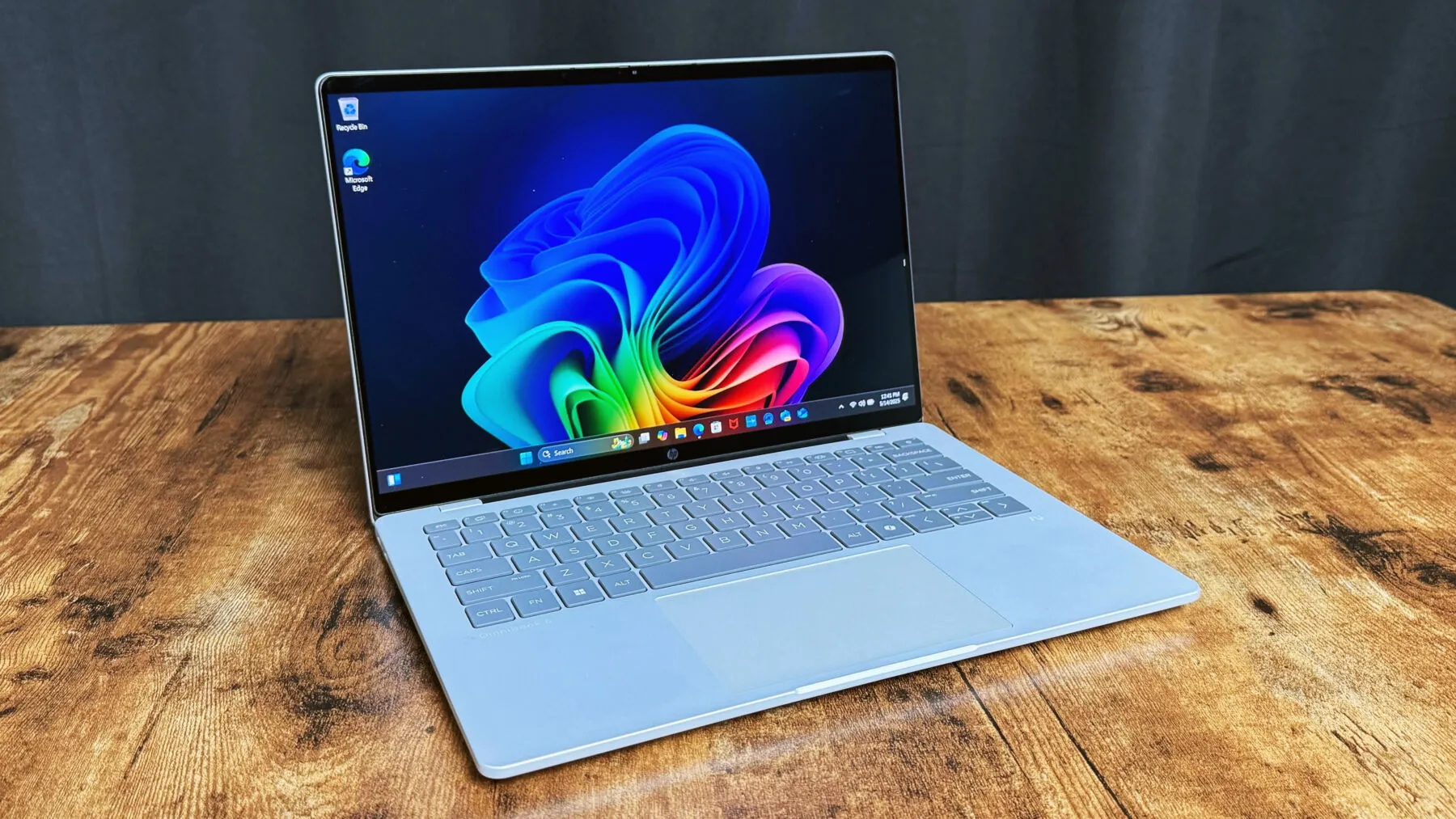
The base version is priced at $799, making it one of the most affordable models in its class. A bunch of Snapdragon processors and optimized software are responsible for the performance and energy efficiency.
MSI MPG 271QR QD-OLED X50: A monitor with AI burn-in protection
MSI has announced a 27-inch monitor with a third-generation QD-OLED panel. Resolution is 1440p, refresh rate is up to 500Hz, and response time is 0.03ms. DCI-P3 color gamut is up to 99%, and it’s VESA ClearMR 21000 and DisplayHDR True Black 500 certified.
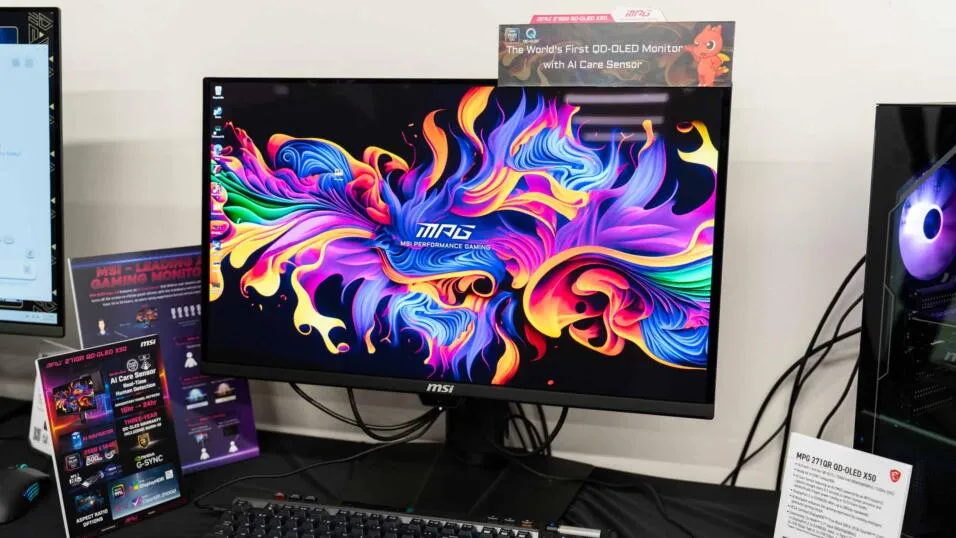
The AI Care Sensor system is a feature of the model. It automatically turns off the display when the user is not present and adjusts the brightness settings to prevent burn-in.
MaxSun Arc B60 Pro: the return of dual-chip graphics cards
MaxSun has unveiled an unusual dual-chip graphics card, the Intel Arc Pro B60. The result is a monster with 48GB of video memory focused on AI tasks. It’s essentially a dual variant of the BMG-G21 used in the Arc B580 gaming cards.
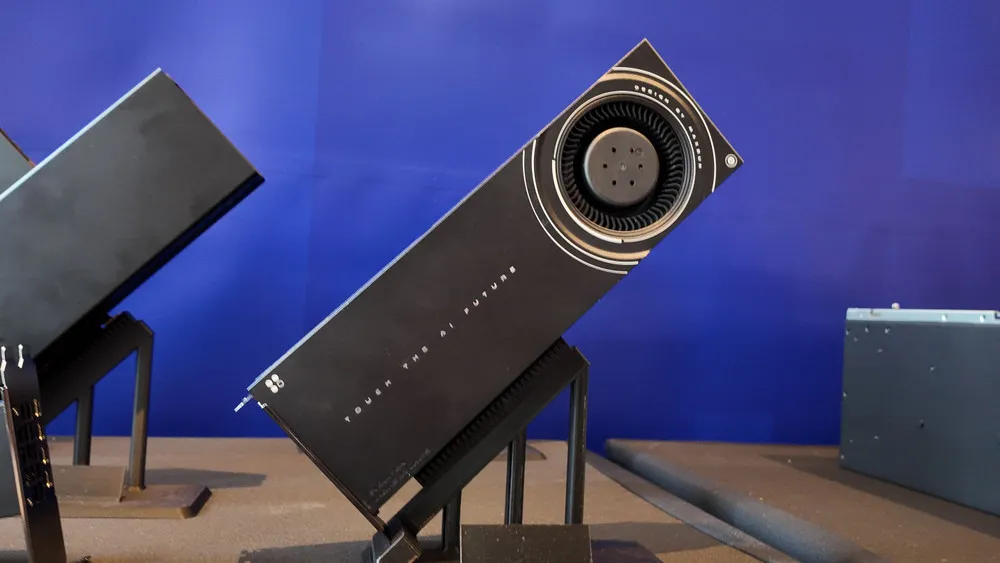
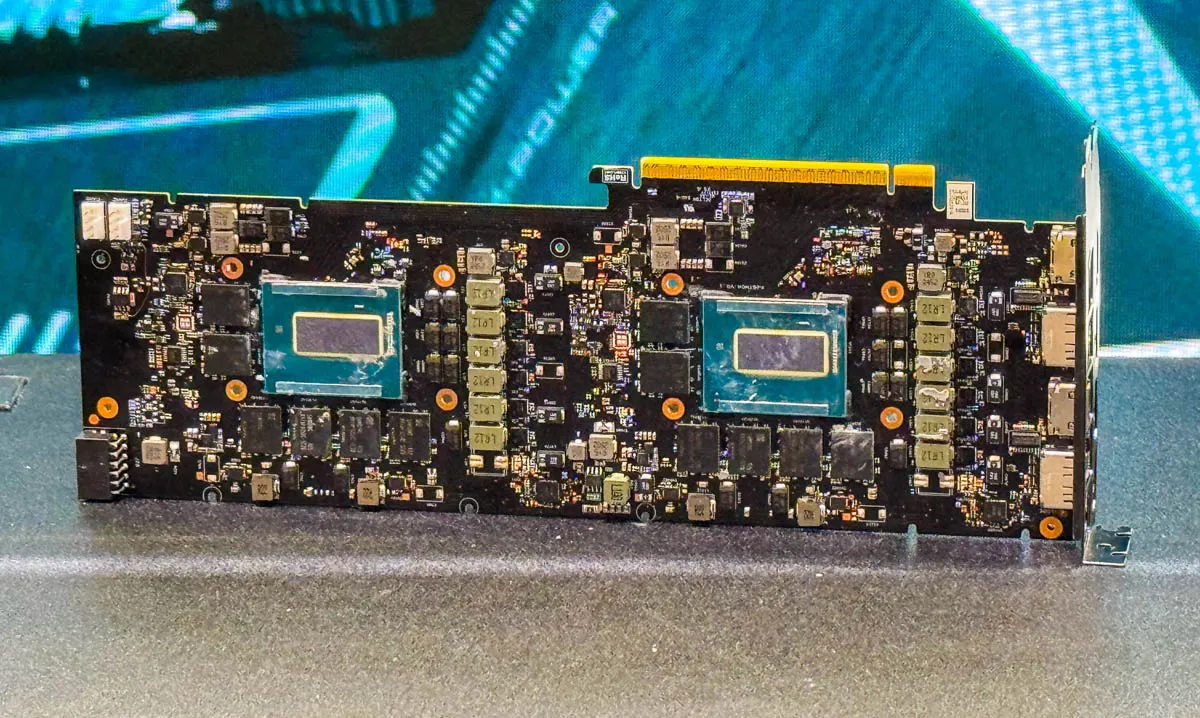
This approach opens up new possibilities in high-performance computing and may inspire other manufacturers to similar experiments.
Asus ROG Strix Ace XG248QSG: the fastest gaming monitor
Asus has set a new record by releasing a monitor with a refresh rate of 610Hz. The ROG Strix Ace XG248QSG features 1080p resolution and 90% DCI-P3 color space coverage.
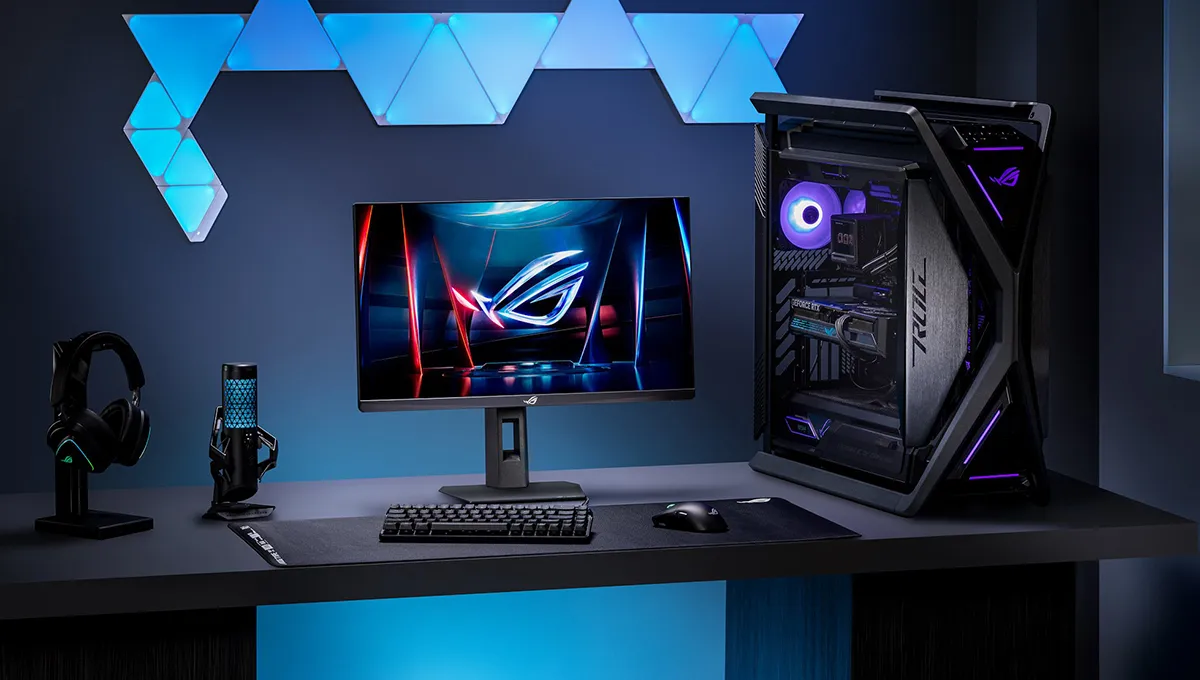
The device is aimed at cyber athletes where every tenth of a millisecond counts. The response time is 0.1ms. Even if it seems excessive to the average user, it’s a serious advantage for professionals.
Samsung OLED TVs: now with G-Sync and FreeSync Pro
Samsung has added support for Nvidia’s G-Sync and AMD’s FreeSync Premium Pro technologies to its OLED TVs. This will allow the screen refresh rate to be synchronized with the framerate, reducing tearing and lag in the image.
And it will allow the screen refresh rate to be synchronized with the framerate, reducing tearing and lag in the image.

The TVs also received Motion Xcelerator to improve picture clarity and enhance the visual experience of console games.
Razer Blade 14 laptop: thinner, more powerful, more mobile
The updated Razer Blade 14 is the thinnest laptop in the brand’s lineup – just 15.7mm thick at 1.63kg. Inside, though, there’s a 2880×1800 OLED display, up to 11 hours of battery life, NVIDIA RTX 5060/5070 graphics, and an AMD Ryzen AI 9,365 processor.
One of the best things about the Razer Blade 14 is that it’s not just a laptop, it’s also a laptop with a 2880×1800 resolution.
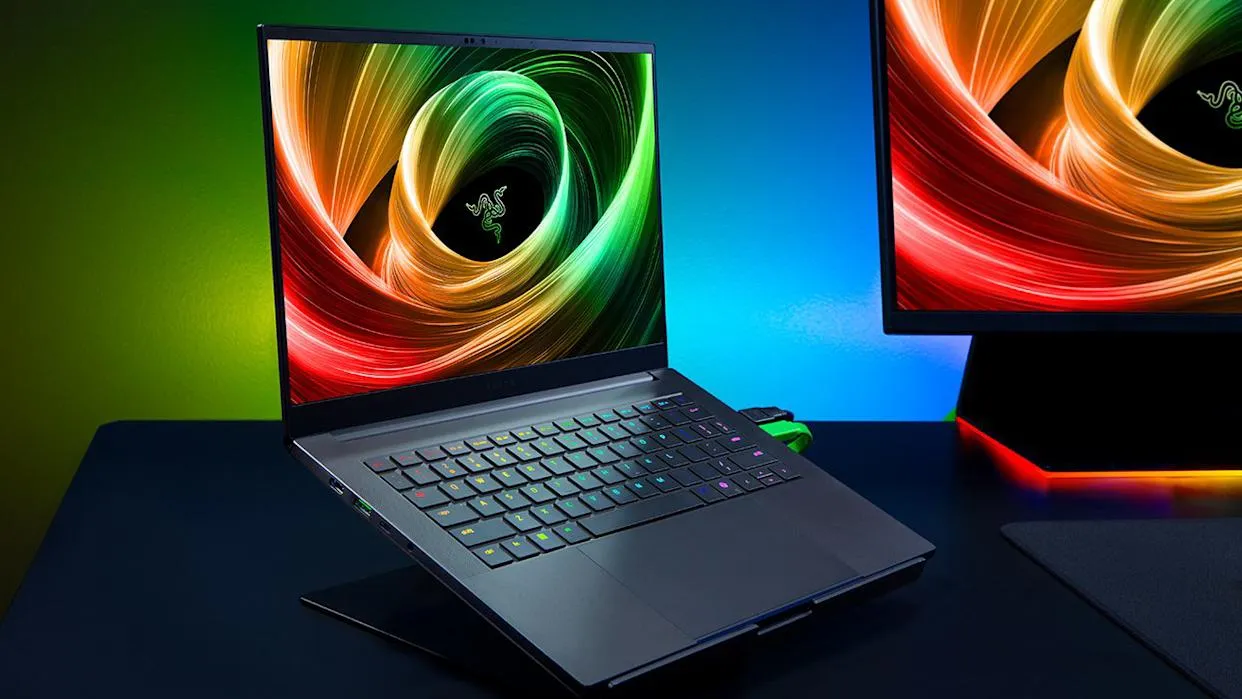
The new Thermal Hood cooling design and large vapor chamber help the notebook handle even demanding tasks while remaining compact and stylish.
Asus ROG Falcata: A keyboard that can be detached
Asus has unveiled a unique gamer keyboard called the ROG Falcata. It’s a split model with ROG HFX V2 magnetic switches and Hall Effect sensor. You can split the device into two parts and place them in a convenient configuration for ergonomics and space optimization.
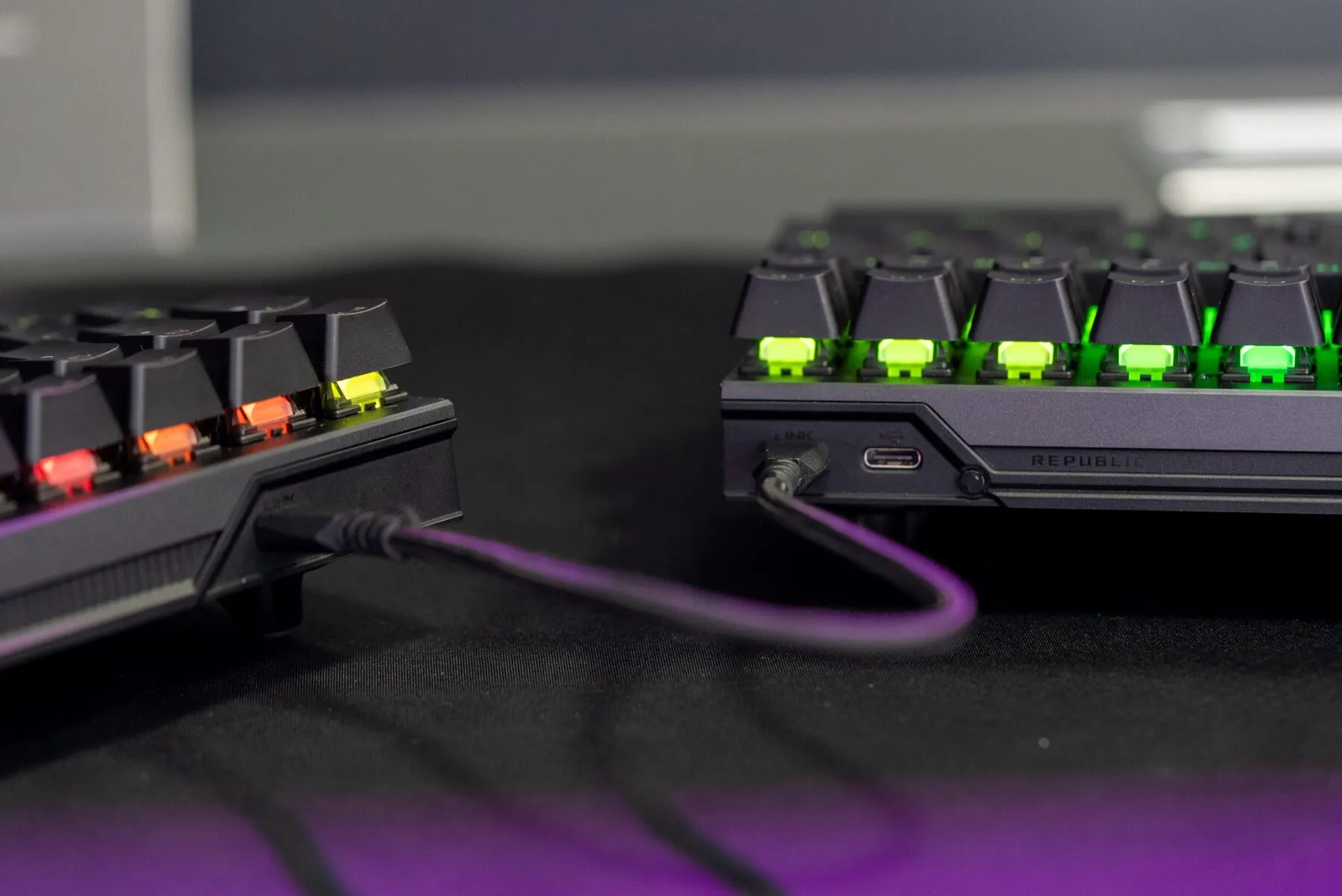
The polling frequency reaches up to 8000 Hz and connectivity is via the 2.4GHz channel. The keyboard is aimed at cyber athletes and serious gamers looking for maximum adaptability.
The keyboard is designed for cyber athletes and serious gamers looking for maximum adaptability.
MSI Claw A8: the first Claw on an AMD chip
MSI has changed course and equipped the new Claw A8 handheld console with an AMD Ryzen Z2 Extreme processor. The device gets an 8-inch 120Hz screen, 1080p resolution, an 80Wh battery, and 24GB of RAM.
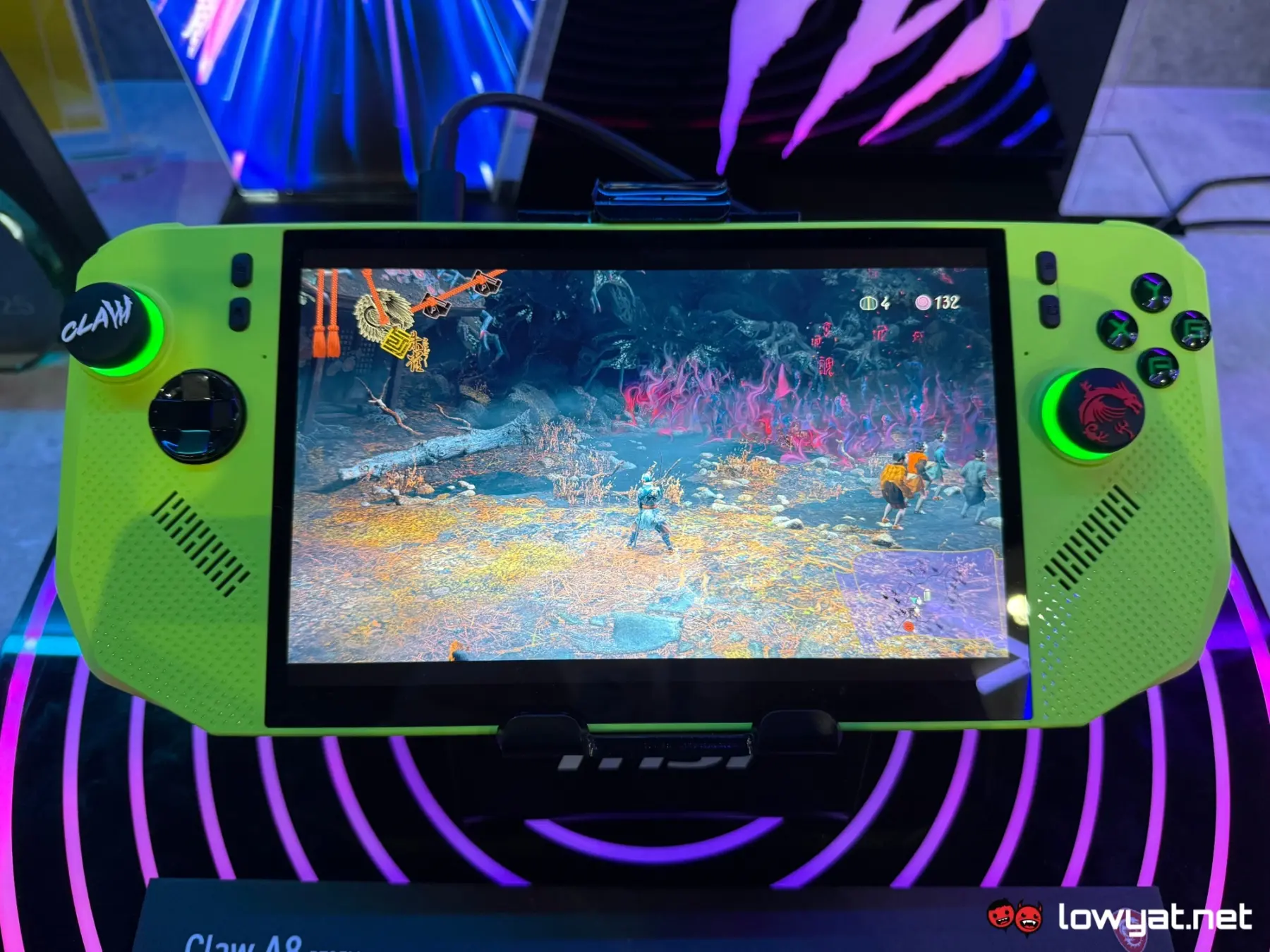
Although it’s smaller than the Intel Lunar Lake-powered version (32GB), AMD’s new platform promises better performance in gaming and AI tasks. The Claw A8 is one of the most interesting gadgets in the gaming console segment.
Acer FreeSense: the smart ring
The most unexpected release was Acer’s new Smart Ring FreeSense. It competes with solutions from Oura and Samsung, offering sleep monitoring, biometrics tracking, and other health features.
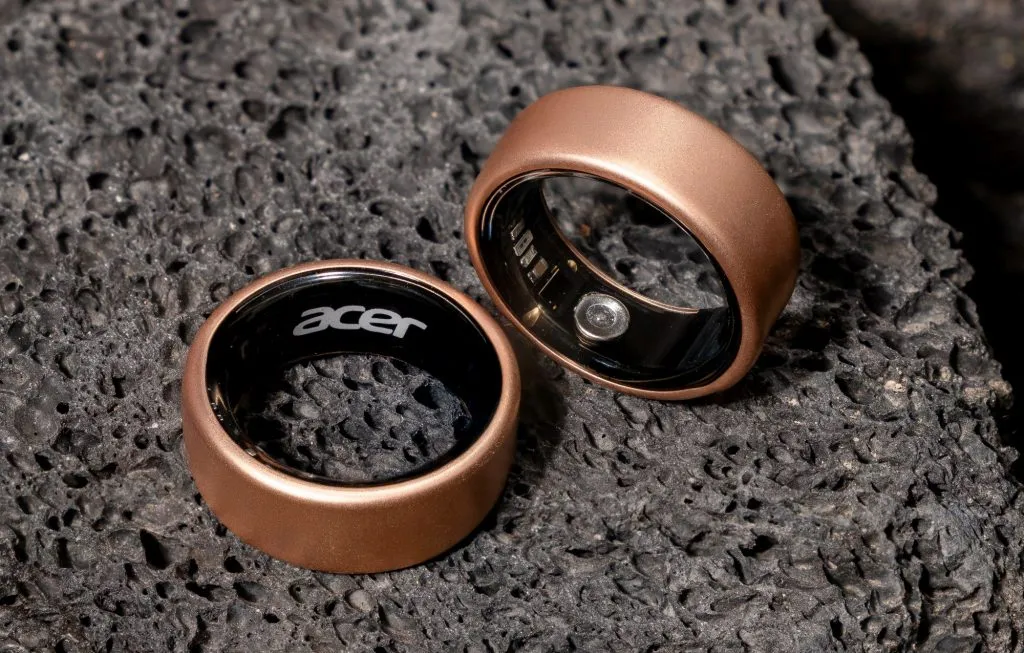
Cost starting at $199, available sizes range from 7 to 13. Colors include matte black and rose gold. Given Acer’s reputation in the PC segment, this move could signal the brand’s serious ambitions in the wearable device market.
According to Acer, this is a move that could signal the brand’s serious ambitions in the wearable device market.
Computex 2025 brought a slew of tech discoveries. And while some devices were merely surprising in form, others set a new bar for the industry as a whole.
The Best of Computex 2025: What technologies wowed us was first published on ITZine.ru.

